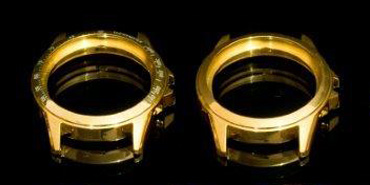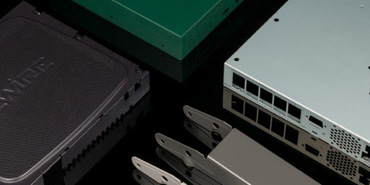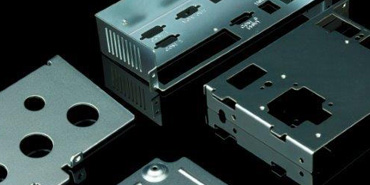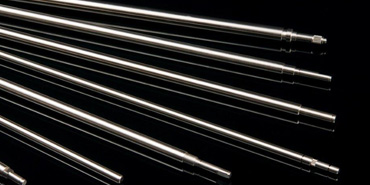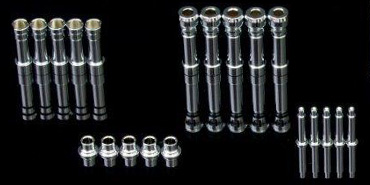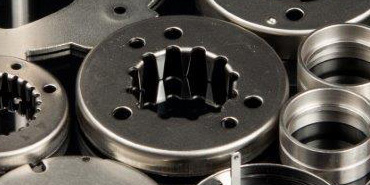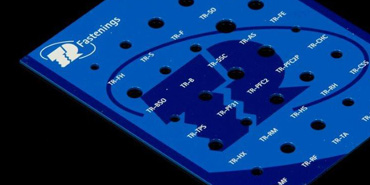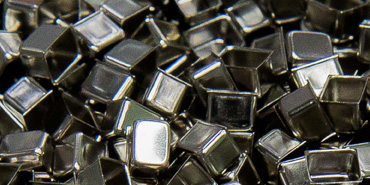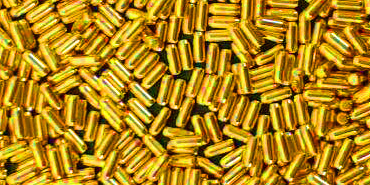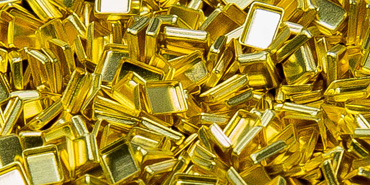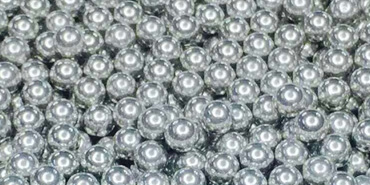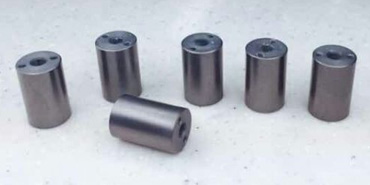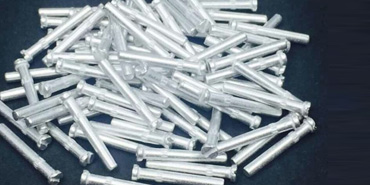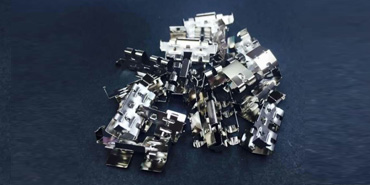Products & Services
-
Gold Plating
Highly valued for its physical properties in connector applications and the ability to resist corrosion and oxides forming on the surface, which could prevent conductivity in other applications. Used in electronic components, medical equipment, aerospace technologies, jewelry and the construction of electronic semi-conductors.
-
Silver Plating
Silver provides optimum performance to improve conductive contact resistance and enhance signal transmission. Popular in electronics, automotive, semiconductor, jewelry and flatware industries.
-
Electroless Nickel Plating
Now available in new formulations for wire bonding and hardness making it an attractive choice for a variety of metal finishing applications. It also enhances corrosion resistance and wearability, free from flux-density and power supply issues providing an even deposit. It is ideal plating for oil field valves, pumps, drive shafts, electrical/mechanical tools & engineering equipment.
-
EN Teflon Plating
Acts as an excellent barrier layer to prevent substrate alloy from affecting surface finish, preventing rust and other forms of corrosion. Teflon can be applied with excellent adhesion to many different substrates - steel, stainless steels, cast iron, plastics, stainless steels, aluminum, copper, bronze and brass, non-conductors (ceramics, plastics), powdered or sintered metals, beryllium and titanium.
-
Electrolytic Nickel Plating
One of the most versatile metal finishing processes that are both decorative and functional for corrosion resistance, wear resistance, magnetic or non-magnetic, solderability, brazing, welding, and purity of deposit. Often used in marine, automotive and motorcycle components, medical fixtures, appliances, hardware, and plumbing parts.
-
Copper Nickel Plating
Plating that uses combined metals to improve overall performance, promoting corrosion resistance, wear resistance, and solderability. It is excellent and inexpensive for high-tech producers and electronic manufacturers.
-
Bright Tin Plating
Tin provides a soft, ductile and corrosion resistant surface, often used in electronic applications for its solderability and conductivity. The bright tin finish offers a smoother, more reflective surface. Tt is commonly used with the manufacture of jewelry, semi-conductor devices, electronic components, hardware, wire goods, zippers and cast iron appliances; also as an etch resist and solderable coating for printed circuit boards.
-
Matte Tin Plating
Matte finish tin plating is best for surfaces to be soldered due to the low organic content of the deposit. Popular usage for engineering purposes in terms of corrosion protection, facilitate soldering, improve anti-galling characteristics, and as a stop-off barrier in the nitriding of high-strength steels.
-
Copper Tin Alloy Plating
These combined metals in plating are known for corrosion resistance. They are generally stronger and more ductile with high wear resistance and have low friction coefficient compared to steel. Mainly used for industrial goods and on ornamental articles in clothing, such as buttons, buckles, fasteners and cuff buttons, accessories and toys.
-
Nickel Tin Plating
The tin-nickel alloy is non-magnetic and non-allergic to the skin and can be electroplated directly on all of the most common materials. Hence, it is suitable for fasteners on garments and commonly used in decorative and light engineering industries, printed circuit board industry, hardware, automotive, electrical, and electronic accessories.
-
Nickel Chrome Plating
Plating can improve corrosion resistance with the hardness and durability of hard chrome providing the best corrosion protection to base materials. It is a popular coating for hydraulic cylinders and rods or any parts working in very corrosive environments.
-
Chromating
This involves an application of a thin chemical film over certain base metals or plated finishes to enhance corrosion resistance, and to strengthen the binding of subsequent paint coatings. It is commonly applied to everyday items such as hardware and tools.
-
Zinc Plating
Developed to produce a bright white finish to be used as a low cost replacement to silver; is lead free, highly corrosion resistant, non-magnetic, has low porosity and a low coefficient of friction. It has the hardness of nickel and surfaces will not tarnish under harsh conditions.
-
Zinc Nickel Alloy Plating
It has exceptional corrosion resistance on steel, out-performing other zinc alloys for corrosion protection at elevated temperatures of 500F and is capable of 1000+ hours salt spray protection.
-
Zink Iron Alloy Plating
The combination provides improved corrosion protection with even deposit distribution, superior lubricity, ductility, and hardness. It is also highly cost effective. It is used by automotive manufacturers, appliance producers, construction engineers, and in transportation industries.
-
Powder Coating
It is used to create a hard finish that is tougher than conventional paint, mainly used for coating metals. Popularly used in household appliances, automobile and bicycle parts among other common uses.
-
Spray painting
A finish that is superior to mere brush painting, where paint is sprayed as an even and flawless coating onto a surface. It uses compressed gas for detailed work engaged by wood product manufacturers, home and kitchen furnishing producers; in art, automotive, heavy duty industrial, chemical and marine industries.
-
Phosphating
It is employed for the purpose of pre-treatment prior to coating or painting, increasing protection from corrosion and improving friction properties particularly in sliding components. It is commonly used in the production of bearings, bushings, fasteners and other common industrial products, for automotive engines and transmission systems.
-
Metal/FDA Degreasing
Widely-used to remove oils and oil-borne soils, such as chips, metal fines and fluxes, from objects that have been stamped, machined, welded, soldered, molded, die-cast, etc.
-
Metal Passivation
Passivation is ideal for cleaning iron compounds and contaminants that occur during manufacturing, machining and welding of stainless steel surfaces, as well as provides a protective layer to prevent against corrosion, and strengthening and preserving the appearance of metal. TGMF has been commissioned to carry out passivation for pharmaceutical, gas, hardware, automotive, electronics, engineering, construction, semi conductor and surgical instrument industries.
-
Etching
TMGF provides etching services employed in the manufacturing of printed circuit boards, semiconductor devices and for the precise preparation of microscopic metallic instruments.
-
Tumbling/Deburring
Burrs that occur during the manufacturing process can cause functional failures to assembly or while the part is in service. TMGF provides high volume vibratory finishing services and ball burnishing that can remove sharp edges, flash from the parting lines and to improve RMS on critical components. It also includes post-processing to control rust and corrosion.
-
Silkscreen
The in-house technical staff can provide unique solutions to technically-demanding design problems such as overcoming difficult surfaces and challenging fine line printing. Proprietary ink formulations can also be created to meet the toughest performance requirements for adhesion, light transmission, scratch and wear resistance.
